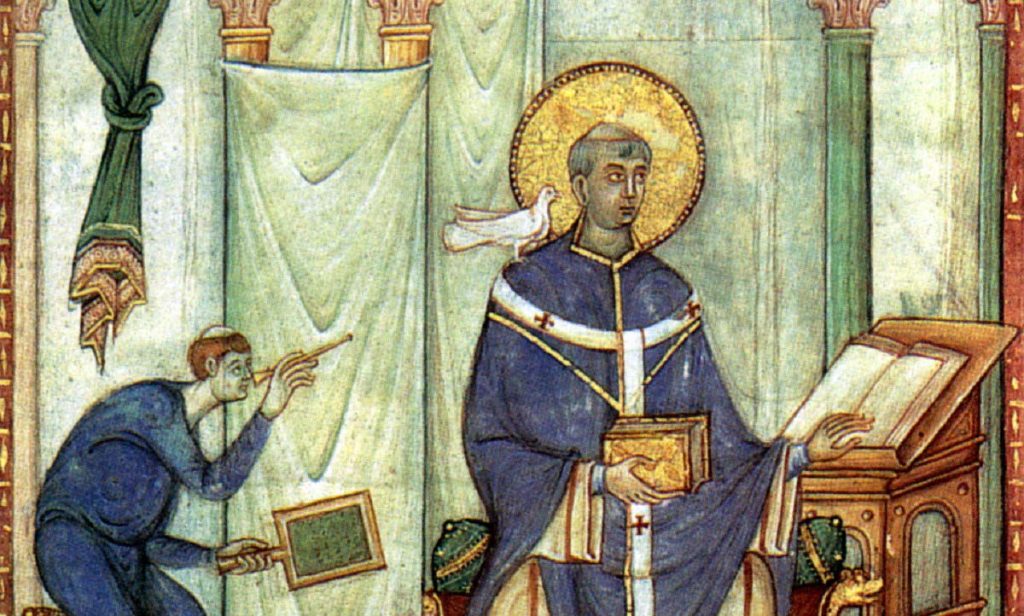Since long ago, people have used different tools to make music. They created drums and flutes from bones, stringed instruments from turtle shells, and wind instruments from bamboo or branches. People played music when they felt happy, sad, or scared. Music always had a special purpose, like sharing joy, comforting someone, calming fears, keeping bad spirits away, or praying for rain to help crops grow.
Ancient Greek thinkers, in particular, spent a lot of time studying what music meant to people’s lives. Philosophers like Pythagoras, Plato, and Aristotle thought deeply about music, seeing it as more than just fun. They explored how music could affect people’s thoughts, behavior, and even the universe itself.
But we will start with the Middle Ages, as this was the crucial period when humans first began to write down their music.

“See if there is any sorrow like my sorrow”
Middle Ages (450-1450)
This is a long period of 1,000 years, between the fall of the Greek and Roman empires and the beginning of the Renaissance.
After the fall of the Roman Empire, Europe was thrown into chaos, with various peoples fighting for land and money. During these “Dark Ages”, churches and monasteries became places of learning.
They preserved and passed on the culture and knowledge of ancient Greece and the Roman Empire. These monasteries are the beginning of our modern universities.
Gregorian chant
The roots of European church music lie in the songs and psalms of ancient Greece, the Middle East, and ancient Israel. Melodies for singing in church came from these various regions, and the melodies that are still sung in churches today were born here.
These various melodies are known as plainchant or Gregorian chant.
Some of the characteristics are:
- they were sung at church masses and monasteries.
- the text of these songs are from the Bible. The lyrics are in Latin, not the language of each country. Latin was the common language of European scholars.
- plainchant is a single melody sung “a cappella” unaccompanied. The sound of the instruments had a pagan flavor and only the organ was gradually accepted.
- use of antiphony “call-and-response” style: one person sings the antiphon (a short phrase/refrain) and the other sings the psalm verse
- the rhythm has no sense of beat and sounds very free.
- it is written on a four-line musical with a notation called “neumes”
- they are written in church modes (not in major or minor keys)
- listening to them brings you closer to God and gives you a calm and spiritual/serene feeling
- singing these plainchants was considered “Singing the Word of God”

Pope Gregory I
Pope Gregory I was Pope from 590 to 604. Gregorian chant is named after him. Legend has it that he received all his chants from doves. In Christianity, doves are important birds as that convey messages from God. However, as we have already seen, Gregorian chant actually first came from the Middle East and Israel, and later evolved spontaneously. Many of the chants were composed between 600 and 1300.
It is important to sing these chants with a “pure voice” and “sing the Word of God.”
Gregorian chants were missionary music that spread God’s message to people all over the world with beautiful voices.

